| Recent Featured Videos and Articles | Eastern “Orthodoxy” Refuted | How To Avoid Sin | The Antichrist Identified! | What Fake Christians Get Wrong About Ephesians | Why So Many Can't Believe | “Magicians” Prove A Spiritual World Exists | Amazing Evidence For God | News Links |
| Vatican II “Catholic” Church Exposed | Steps To Convert | Outside The Church There Is No Salvation | E-Exchanges | The Holy Rosary | Padre Pio | Traditional Catholic Issues And Groups | Help Save Souls: Donate |  |
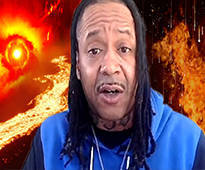
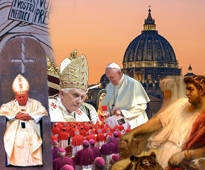
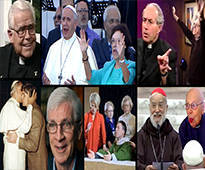
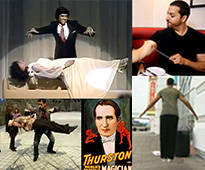
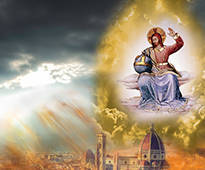

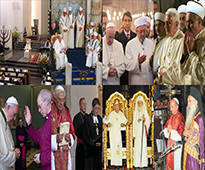


 " />
" />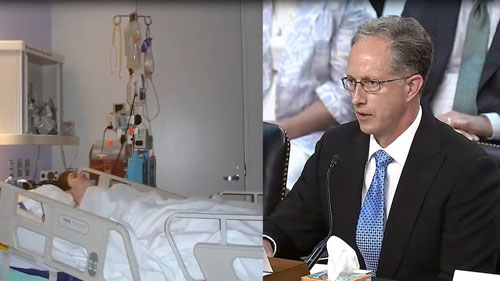 " />
" />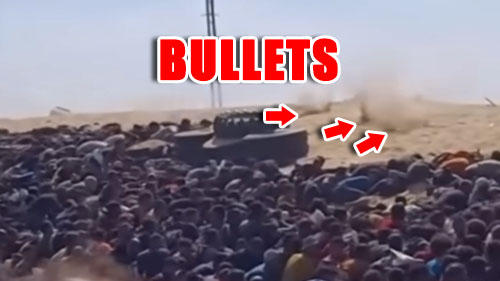 " />
" />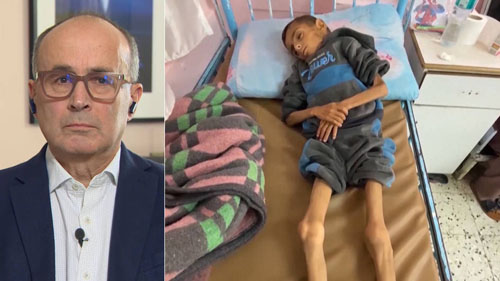 " />
" /> " />
" />




Pope Leo XIII’s Original Prayer to St. Michael – a Prophecy about the Future Apostasy in Rome
Pope Leo XIII’s Prayer to St. Michael the Archangel is prophetic. Composed over 100 years ago, and then suppressed, Pope Leo XIII’s original Prayer to St. Michael is one of the most interesting and controversial prayers relating to the present situation in which the true Catholic Church finds itself. On September 25, 1888, following his morning Mass, Pope Leo XIII became traumatized to the point that he collapsed. Those in attendance thought that he was dead. After coming to consciousness, the pope described a frightful conversation that he had heard coming from near the tabernacle. The conversation consisted of two voices – voices which Pope Leo XIII clearly understood to be the voices of Jesus Christ and the Devil. The Devil boasted that he could destroy the Church, if he were granted 75 years to carry out his plan (or 100 years, according to some accounts). The Devil also asked permission for “a greater influence over those who will give themselves to my service.” To the Devil’s requests, Our Lord reportedly replied: “you will be given the time and the power.”
Shaken deeply by what he had heard, Pope Leo XIII composed the following Prayer to St. Michael (which is also a prophecy) and ordered it to be recited after all Low Masses as a protection for the Church against the attacks from Hell. What follows is the prayer (note especially the bolded portions), followed by some of our comments. The prayer was taken from The Raccolta, 1930, Benziger Bros., pp. 314-315. The Raccolta is an imprimatured collection of the official and indulgenced prayers of the Catholic Church.
The Prayer:
As one who reads the prayer (especially the bolded portion) can see, Pope Leo XIII seemed to foresee and predict the great apostasy; and he seemed to pinpoint that this apostasy would be led from Rome – Rome which alone is “the Holy Place itself, where has been set up the See of the most holy Peter and the Chair of Truth for the light of the world.” Pope Leo foresaw that this place (Vatican City in Rome), where had been set up the Chair of Peter by the first Pope, St. Peter himself, would become the throne of Satan’s abominable impiety, with the “iniquitous design that when the Pastor (the true Pope) has been struck, the sheep (the Catholic faithful) may be scattered.” These are Pope Leo XIII’s words.
Pope Leo XIII was not predicting the defection of the Catholic Church (which is impossible, as the gates of Hell can never prevail against the Church [Mt. 16]), nor the defection of the Chair of Peter (which is also impossible), but rather he was predicting the implementation of an apostate, counterfeit Catholic religion from Rome, in which “the pastor” (the true pope) is replaced by a usurping antipope (as has occurred at times in Church history), with the iniquitous design that “the sheep may be scattered.”
Pope Leo’s prayer also foresaw that Satan’s impure apostates would lay impious hands “on the Church’s most sacred possessions.” What are the Church’s most sacred possessions? The most sacred possessions of the Church are those things which Christ entrusted to Her: namely, the deposit of faith (with all of its dogmas) and the seven sacraments instituted by Our Lord Jesus Christ Himself. Therefore, Pope Leo’s prayer foretold the attempted destruction of the deposit of faith with Vatican II and the new sacramental rites of the Vatican II Church. Both of these will be covered in detail in this book. We will see that Paul VI’s laying of impious hands on the Church’s seven sacramental rites beginning in April of 1969, which produced an invalid New Mass, an invalid New Rite of Ordination, and gravely doubtful rites of Confirmation and Extreme Unction, fulfilled Pope Leo’s prediction to the letter.
In 1934, Pope Leo’s striking prayer (given above) was changed without explanation. The key phrase referring to the apostasy in Rome (the Holy Place, where the See of Peter has been set up for the light of the world) was removed. Around the same time, the use of Pope Leo XIII’s longer Prayer to St. Michael after each Low Mass was replaced by a shorter prayer, the now famous abbreviated Prayer to St. Michael. This prayer goes as follows:
There is nothing wrong with this prayer to St. Michael; in fact, it is very good and efficacious. However, the point is that it’s not the longer Prayer to St. Michael that Pope Leo XIII composed. The shorter prayer was, in the view of many, promoted as a substitute, so that the faithful would be unaware of the incredible content of the longer prayer, as described above. If the longer Prayer to St. Michael had been recited at the end of every Low Mass and not suppressed in 1934, how many millions more would have been stirred to a resistance when they encountered the attempted new post-Vatican II religion that we will cover in this book? How many would have seen through the systematic dismantling of the traditional Catholic Faith after Vatican II?
Pope Leo XIII’s longer Prayer to St. Michael also fits perfectly with Our Lady of La Salette’s famous appearance and prediction in 1846: “Rome will lose the faith and become the Seat of the Antichrist... the Church will be in eclipse.” Pope Leo’s words suggest that Antichrist himself, or at least the forces of Antichrist, would set up their seat in Rome: “In the Holy Place itself, where has been set up the See of the most holy Peter… they have raised the throne of their abominable impiety…”
Another photo of John Paul II at his 1986 interreligious prayer service in Assisi, Italy – something totally condemned by the Catholic Church (more on this in the section on John Paul II)
Sign up for our free e-mail list to see future vaticancatholic.com videos and articles.
Recent Content
^